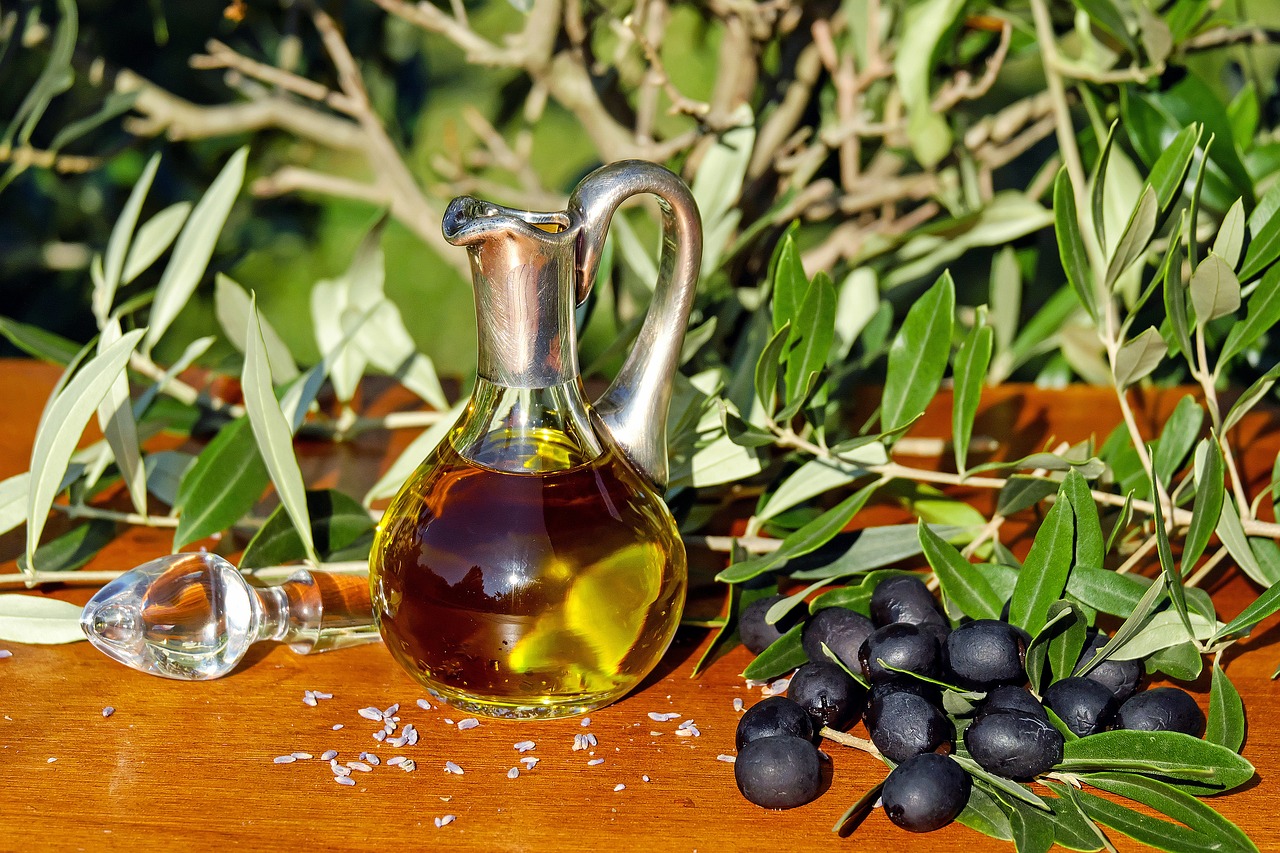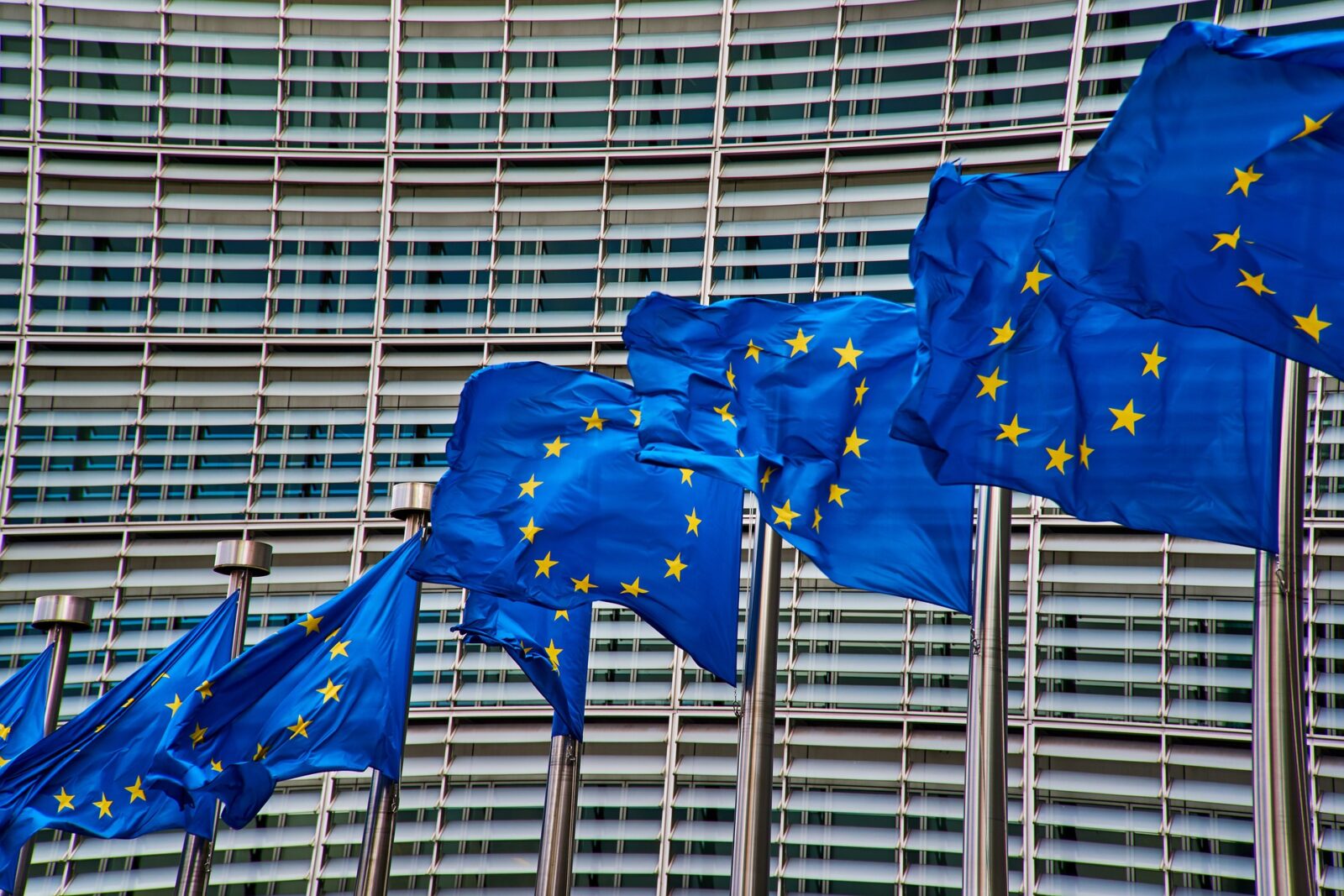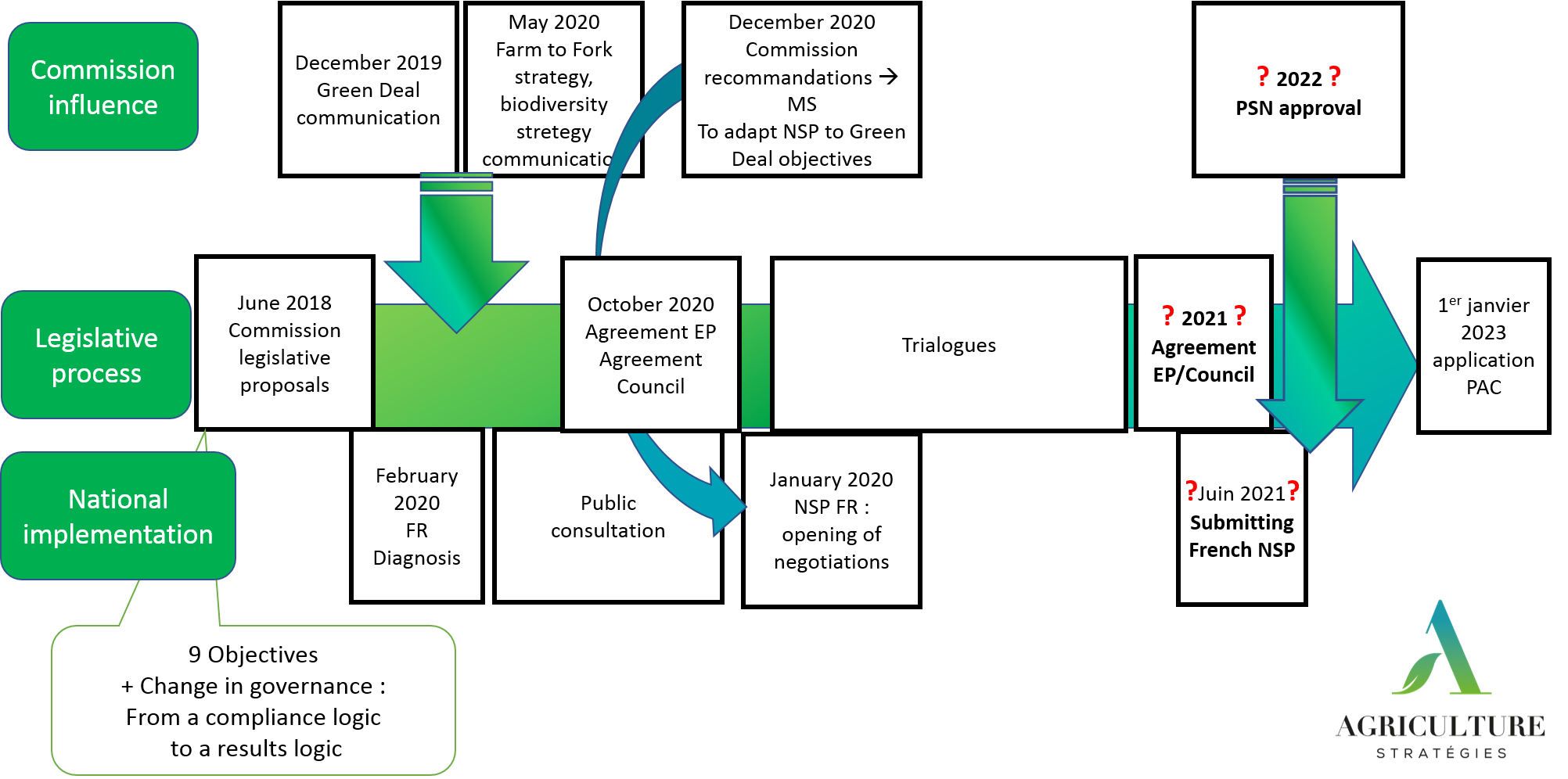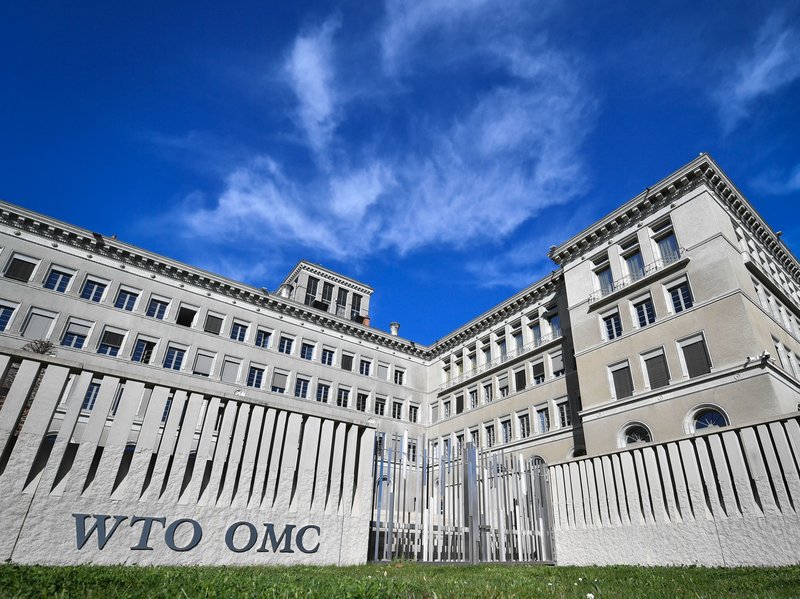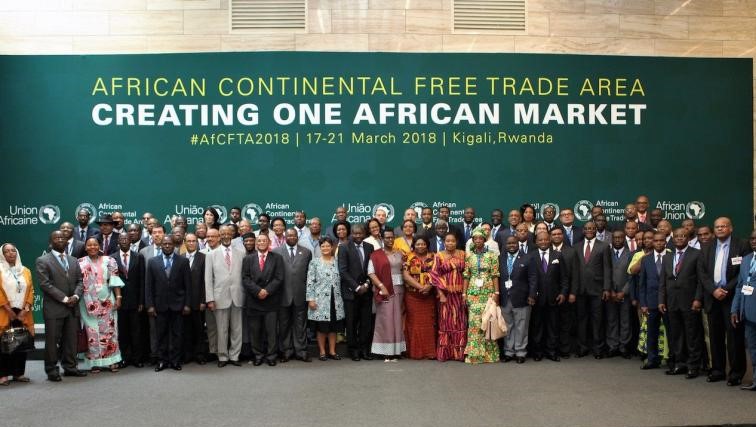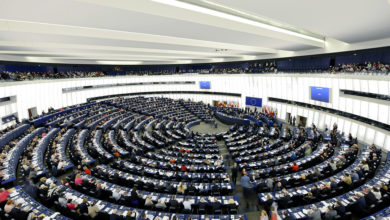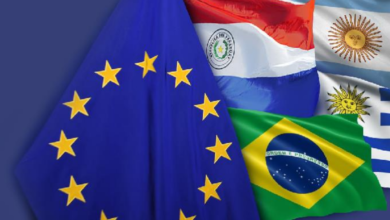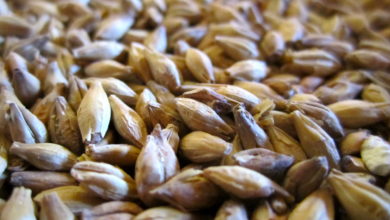
European agriculture needs an in-depth reform of the Common Agricultural Policy (CAP). Having become ineffective both in the face of market crises and to drive agricultural production systems to sustainability, the current trajectory of the CAP, which has its roots in the 1990s, needs to be revised. A new political impetus is now needed to get out of the logic of renationalisation and competition of the Member States. While all the major agricultural powers reinforce their public support for agriculture, we can not bring ourselves to see Europe being the only one not to consider agriculture as being at the heart of the stakes of the 21st century (food security, migration climate change, protection of natural resources, inequality, gender).
Like the Defense Strategic Review established in France, we believe that a strategic consensus on agriculture should emerge on a European scale. Agriculture Strategies and its Strategic Orientation Committee bring together the skills and sensitivities of different sectors to advance a necessary debate where too often an intellectual embargo on the future of the CAP prevails. The French Presidency suggests a desire to refound Europe, we want to contribute to this momentum. Without trying to impose its own views, France must assume its responsibilities, not succumb to defeatism and seek to convince the most resigned despite the “french bashing” often encountered in agriculture. With the leading ranks of most productions and the experience of a diversity almost as large as the diversity of European agriculture, France has the legitimacy.
While the Commission’s first budget and regulatory proposals are now known, it seems out of reach to reach an ambitious political consensus by the end of the present Parliament’s term of office in March 2019. However, time is of the essence. The campaign for the next European elections and the prospect of a renewed Commission must be pushed to action to raise a debate whose current level boils down to the redistribution of a limited European budget that would be done to the detriment of the CAP and the Cohesion Policy to fuel hypothetical new policies.
Our assessment of the situation is that, as with the 1992 reform, it is the combination of a geopolitical context in the midst of redefinition and a recognition of the limits of current policy that will create a new opening for the construction of Europe. This is the condition for giving substance to this “Europe that protects” and to emerge, on the international scene, a posture sometimes naive sometimes cynical, which was tenable in the shadow of the United States before it disappeared since the election of President Trump.
Also, it is essential to consider jointly the trajectories of the CAP and the WTO since the early 1990s. Any attempt to change one while considering the other unchanged is doomed to failure. At the heart of both trajectories, the principle of decoupling support is based on the assumption of market efficiency, ie the ability of prices to return to their “equilibrium” level after a shock.
The reality is quite different: the agricultural markets are structurally unstable and prices draw cycles marked by “brief peaks and broad dips” which render illusory the insurance approach, to the great displeasure of some big professional agricultural organizations who keep using it as their main objective.
Seeing itself as a “virtuous but isolated leader” Europe is the only one to continue to base its policy on the principle of decoupling, which is at the heart of the WTO’s agricultural discipline. So no wonder the Doha Round failed: badly founded rules cannot be met. Faced with international markets who mostly have dumping prices, where the theory would like “equilibrium” prices instead, a new international cooperation to stabilize these markets and avoid the withdrawal of trade is essential. Today, paradoxically, the free trade ideology based on the assumption of market efficiency is the main risk weighing on international trade because it prevents any pragmatic approach to take into account food security stakes and the limits of price adjustment. We must therefore reconnect with the spirit that prevailed before the 1980s, when it was the stabilization actions of the main producing countries that allowed the development of trade. With the end of the milk and sugar quotas, Europe shows that it continues, on the contrary, to think of itself as a small country with no effect on international prices, and therefore has not learned the lessons of the struggle of the 1980swith the United States.
While it is essential that a new multilateralism emerges, agricultural Europe must already recover the letter and the spirit of the Treaty of Rome. Ensuring food security, stabilizing markets, and helping to raise agricultural incomes are the objectives of an in-depth reform of the CAP, with the aim of accompanying the environmental and energy transition. Between the hammer of environmental constraints and the anvil of the international dumping prices, farmers are, indeed, in front of contradictory injunctions. Since 1992, the CAP has contributed significantly to improving the competitiveness of its agri-food sector by enabling it to have access to quality raw materials at a price that is often lower than production costs. A rebalancing towards the social objectives of maintaining family farming and environmental protection of resources is now necessary to avoid weakening the base on which the European agri-food industry is located.
Our proposals for in-depth reform of the CAP translate into a CAP based on four new pillars that would replace the two existing pillars and make the strategic direction of Community policy much clearer.
- The first would devolve to the economic organization of producers and must in particular allow producer organizations to be, like any company, able to adjust their offer to not destabilize its markets. This empowerment of producers in the face of the markets may not be sufficient and requires the steering of the markets on the Community level, the sole guarantor of the integrity of the single market.
- In the second pillar would be the crisis management measures like the aid to the voluntary reduction of milk production experienced in 2016 but also the possibility of using biofuels as a stabilizer of markets through a prioritization of food uses on non-food uses. For products subject to the vagaries of international prices, counter-cyclical aid may allow a stabilization of incomes with a view to efficiency in the use of public funds and Community added value in association with market management measures. In this regard, the work we conducted with Momagri demonstrated the potential of these tools while being part of the budgetary rules in force.
- The third pillar would be that of the environmental and energy transition by using contractual approaches that seem to us much more effective than the approaches based on the greening of decoupled aid. For farmers in areas with natural handicaps, it seems necessary to have aid coupled with production because the services provided in these territories depend directly on production. From our analysis, the only decoupled aid that could be justified would be that which would compensate European farmers for the additional costs they have to bear in view of higher production standards. Moreover, in contrast to the Commission’s laxity with regard to derogations granted to certain countries, it is important for the Community level to remain the guarantor of environmental policy since, failing that, to return this responsibility to the Member States will result in a leveling down.
- Finally, the fourth new pillar must ensure the renewal of generations and support investment. The age pyramid of farmers is more than worrying and the coming decade will be decisive because without enough men and women in agriculture, the added value and the transition capacities of the systems will wither away. In addition to the installation aid, the CAP must structure programs to support the transmission of farms: it is during installation that investments offer the greatest possible leverage to guide farms towards the sustainability it be environmental, economic or social. And support for climate insurance should help secure production systems over time.
This new CAP would fall within the limits of the multiannual financial perspective, maintained at a level equivalent to those for 2014-2020 and would fully respect the Treaties and the Financial Regulation in place


